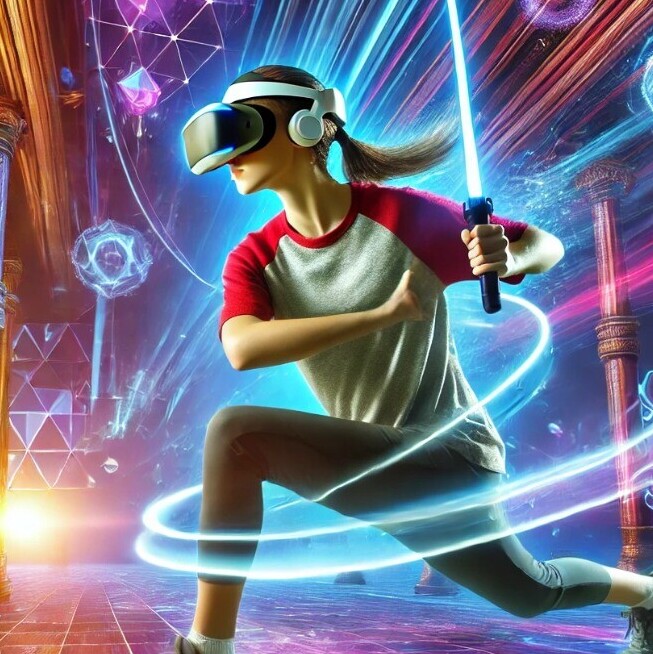
What Is VR Fitness? A Beginner’s Guide For 2025
Last Updated on: 31st December 2024, 11:08 pm
This article contains affiliate links, meaning I may earn a commission if you click through and make a purchase. As an Amazon Associate, I earn from qualifying purchases. This comes at no additional cost to you. I only recommend products or services that I believe will provide value to my readers, based on personal experience or thorough research.
Virtual Reality Fitness is where the magic of gaming meets the grind of exercise. Picture ditching the dull gym routine for something straight out of sci-fi. With VR fitness, you’re not just moving your body; you’re stepping into a vibrant world that turns workouts into epic adventures.
The journey of VR fitness isn’t as complicated as you might think. It’s been ramping up, evolving from basic tech experiments into a full-blown revolution in how we break a sweat. Remember when Wii Fit first made us jump around our living rooms? That was a stepping stone. Fast-forward a decade, and VR fitness is out here changing the game. It’s all about immersive experiences that keep you engaged, motivated, and coming back for more—no treadmill needed.
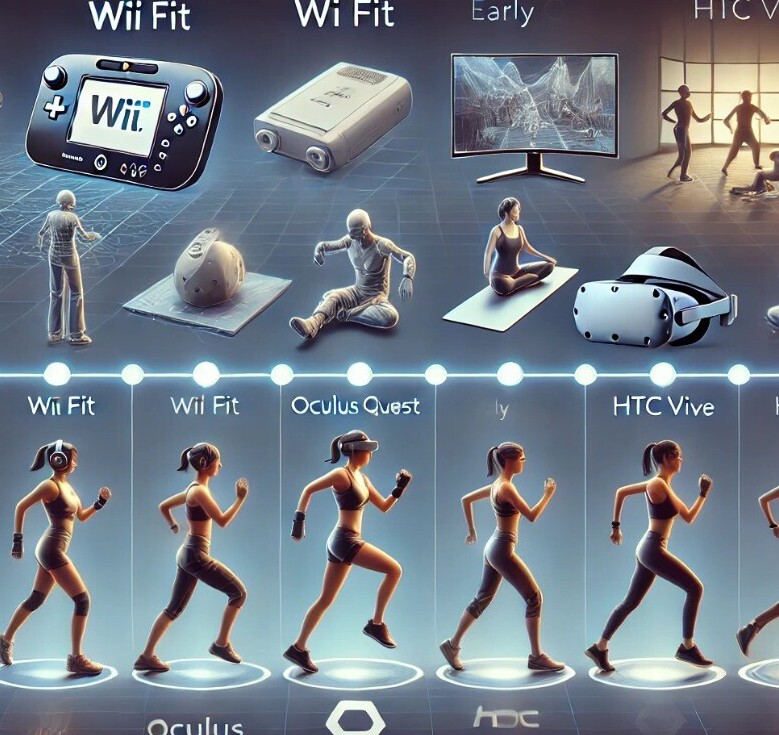
So, why is 2025 a big deal? Well, VR tech has hit its stride, with developments that bring unparalleled realism and interactivity. It’s like the fitness industry woke up and got tech-savvy overnight! As we step further into this age of innovation, VR fitness stands ready to shake up how we think about being active. Expect 2025 to be the year where VR crosses from niche to norm in the fitness world, offering everyone—from first-timers to gym pros—a fresh way to train.
Understanding the Basics: How VR Fitness Works
VR Fitness is all about blending digital with physical, but how does it actually work? At its core, it’s pretty straightforward—virtual reality tech creates 3D environments where you can exercise. Slip on a headset, and you’re instantly transported to a digital arena, a scenic mountainside, or even a futuristic cityscape where your movements in real life control your avatar.
There’s no one-size-fits-all for VR systems in fitness. They range from mobile-based VR, which uses your smartphone to create the virtual world, to more advanced systems with dedicated headsets like the Oculus Quest or the HTC Vive. These headsets track your movements with sensors, so you can jog, punch, or stretch—and see the results happen right in front of your eyes.
In 2025, VR fitness apps and platforms have exploded in number and variety. Whether you’re into boxing, dancing, or zen yoga sessions, there’s a virtual world waiting for you. Apps provide structured workouts, tracking your progress better than a traditional gym could dream of. Many even offer personalized coaching, adapting routines to suit your strengths and weaknesses.
To get started, you don’t need a ton of tech know-how. Most VR systems are designed to be user-friendly. Just navigate through easy menus and quick tutorials to get the hang of things. Before you know it, VR could unlock a whole new energy in your fitness journey, making exercise less of a chore and more of a choice.
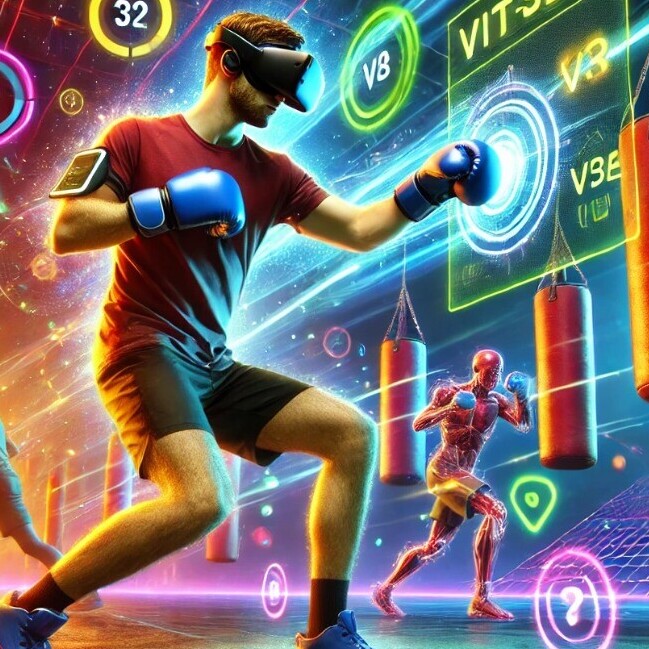
The Benefits of VR Fitness: More Than Just Sweat
VR Fitness does more than just get your body moving—it’s a well-rounded experience that can completely change how you think about exercise.
First off, let’s talk physical. These workouts can seriously improve your heart health and muscle tone. You’re not just mindlessly lifting weights or running in place; you’re engaging in activities that feel fun and challenging, like dodging obstacles or slicing through virtual fruits, which keeps you motivated and helps build endurance.
And it’s not just your body that benefits. Mentally, VR workouts can be a game-changer. By immersing yourself in a completely different environment, you can escape everyday stress. It’s like a mini-vacation from the hustle and bustle, promoting mindfulness in a way that few traditional workouts can. Taking a quick mental breather while staying active is a double win.
Then there’s the social aspect. VR fitness lets you connect with friends or join global communities, no matter where you are. Whether you’re competing for a high score or partnering up for a dance routine, exercising with others virtually can help foster a sense of community. It adds a friendly competitive edge that can push you to achieve more than you might alone.
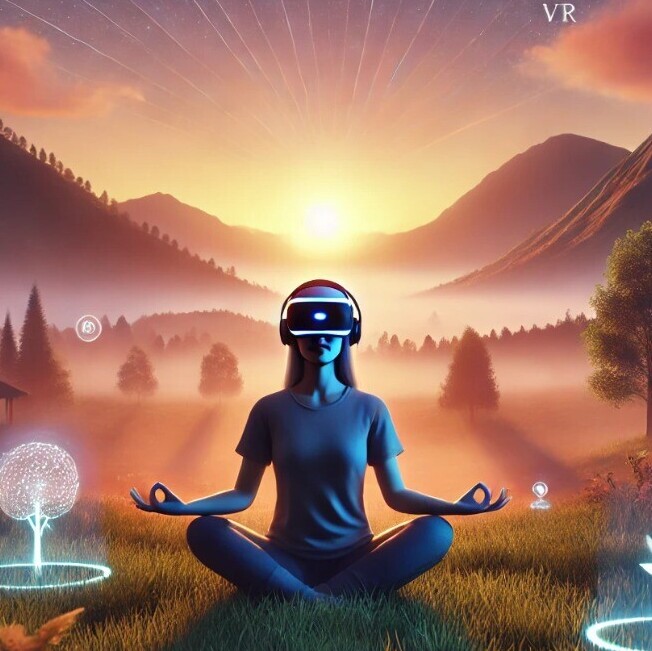
In a nutshell, VR fitness isn’t just about burning calories. It’s about making meaningful connections and finding joy in movement. With these benefits in mind, it’s easy to see why more people are strapping on headsets and transforming their fitness journeys.
Getting Started with VR Fitness: What You Need to Know
Jumping into VR fitness might sound high-tech, but setting yourself up is easier than it looks. First step? Picking the right gear for your personal fitness goals. If you’re eyeing intense gaming workouts, a full VR headset like the Oculus or HTC Vive can offer a more immersive experience. But don’t dismiss simpler setups—a smartphone-based VR system could be just the start you need.
Creating a VR-friendly space is another piece of the puzzle. You don’t need a gym-sized room, but make sure you have enough space to move freely—think of it as your virtual gym setup. Clear the area of any tripping hazards and ensure your headset has enough room for tracking your movements. A bit of prep goes a long way in keeping things safe and smooth.
Safety’s not just about space, though. Start easy and work your way up as you get familiar with the sensations and demands of VR workouts. Hydration is key—take regular breaks just like you would with traditional exercise. Pay attention to your body’s signals to avoid overdoing it, and make sure that headset isn’t on too tight!
Getting physically prepped is half the battle, but adjusting to VR fitness is just as much about mindset. It’s a new way of working out, so give yourself time to adjust. The best part? You can tailor the experiences to fit you, adjusting difficulty and style to suit your pace. With the right setup and mindset, you’re set to explore the limitless possibilities of VR fitness.
Popular VR Fitness Workouts: Exploring Diverse Options
There’s a whole universe of VR fitness workouts waiting out there, each bringing its own unique twist to keep things fresh and exciting. You don’t have to commit to just one type—from heart-pumping cardio to relaxing yoga sessions, VR offers something for everyone.
Imagine bouncing to the beat in a dance workout where your moves light up the virtual dance floor. Rhythm games are all the rage; they blend fitness with music and keep you engaged as you break a sweat. If you’re more about fast-paced action, games where you dodge and punch your way through obstacles could double as a cardio session.
For those who prefer something a bit more mindful, there are virtual worlds that guide you through yoga and meditation routines. It’s a refreshing mix of tranquility and exercise, perfect for those days when you need a bit of calm.
VR fitness also lets you experiment. Try high-intensity interval training sessions that transport you through fantastical landscapes, or join virtual boot camps that push you to new limits. The variety is endless, keeping boredom at bay and motivation high.
Finding the right routine means experimenting with different apps and games until you hit on the blend that feels just right for your body and mood. With VR, it’s not about doing what everyone else is doing; it’s about discovering workouts that make you eager to get moving.
Breaking Down Barriers: Addressing Common Challenges in VR Fitness
Getting into VR fitness is awesome, but let’s face it—there can be hurdles. One of the most common issues newbies face is motion sickness. That queasy feeling can be a bummer, but it’s manageable. Start with short sessions and gradually build up your VR tolerance. Also, tweaking display settings can help keep nausea at bay.
Another challenge? Tech burnout. Even the coolest setup can get tiring if you overdo it. Mix up your VR workouts with fresh content and take regular breaks to keep the excitement from fading. While VR is futuristic, don’t forget to blend in some good old-fashioned outdoor activities for variety.
Costs can be a sticking point, too. VR gear isn’t cheap, but it doesn’t have to drain your wallet. Look into budget-friendly options or second-hand gear to ease the financial burden. Many platforms offer free trials, so you can sample workouts before fully committing.
Dealing with these challenges is part of the journey, but they shouldn’t overshadow the thrill VR fitness offers. Approach them with practicality and patience, and they’ll be nothing but bumps on the road to a fitter, more engaged you.
Embracing the Future: The Role of VR Fitness in 2025 and Beyond
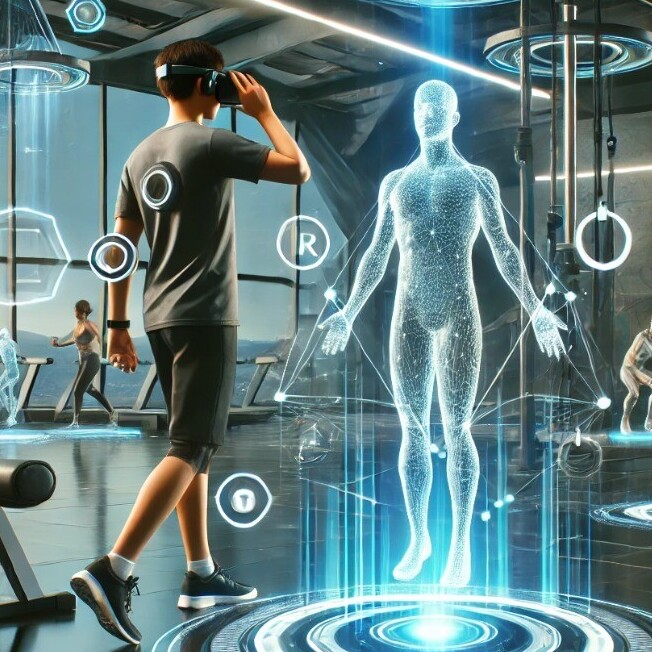
The future of VR fitness is bright, with trends pointing towards even more immersive and personalized experiences. Tech innovators are continually pushing boundaries, so we’re on the brink of some amazing advancements. From AI-driven personal trainers to workouts that adapt in real-time, the possibilities keep expanding.
In 2025, VR fitness isn’t just a novelty anymore—it’s a significant player in the fitness industry. As technology becomes more affordable and accessible, more people are expected to integrate VR into their daily routines. The shift towards interactive and virtual fitness experiences is transforming traditional perceptions of exercise.
Thinking beyond just workouts, VR is also becoming a tool for holistic wellness. Imagine combining virtual mindfulness practices with dynamic physical activities for a complete mind-body workout. This holistic approach is gaining traction as people seek balance and well-being in all aspects of life.
As the lines between virtual and reality blur, VR fitness will continue to evolve, offering new methods to stay healthy and engaged. Whether you’re a fitness fanatic looking for an edge or just someone wanting to try something new, VR fitness presents an exciting frontier. Step into this digital age and redefine what workouts mean to you, crafting a unique fitness journey that fits your lifestyle.
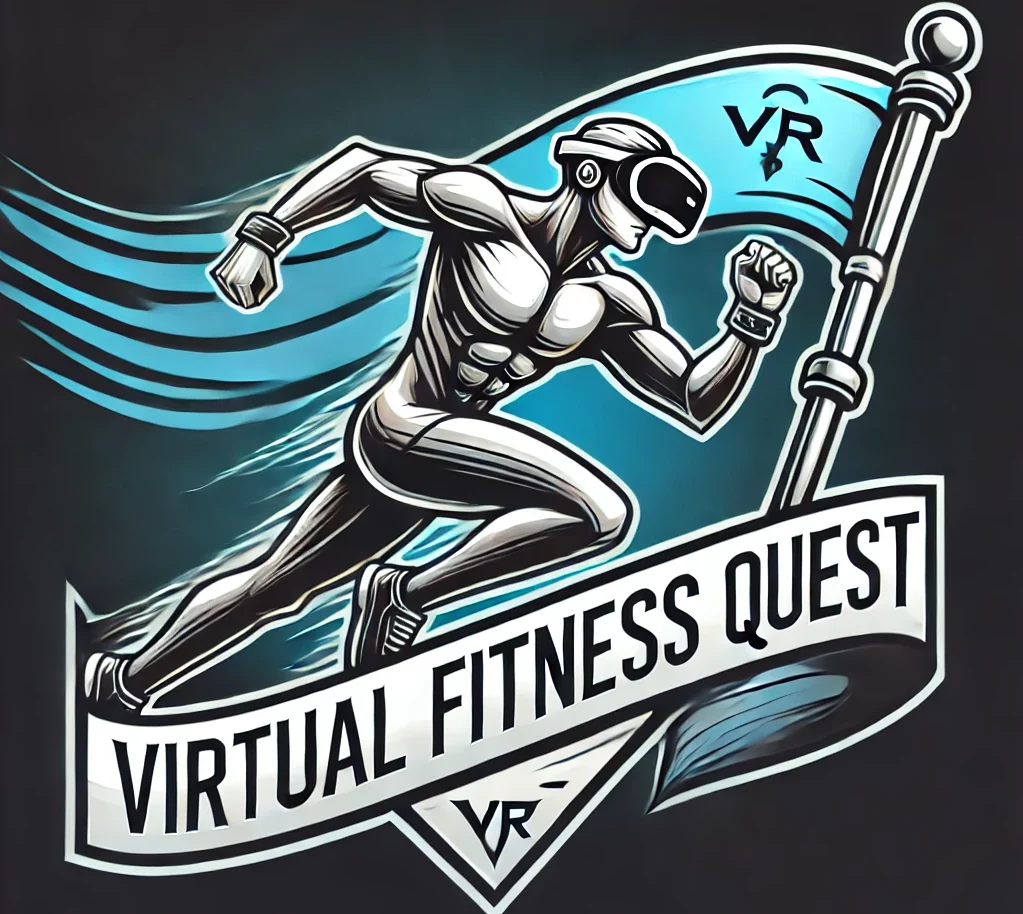
4 Comments